Mobile is driving car tech
We knew going into CES that car tech and mobile technology would join forces. Google unceremoniously announced the Open Auto Alliance before CES even began on Monday, a joint effort between Google, Audi, GM, Honda, Hyundai, and Nvidia to bring Android to car dashboards.
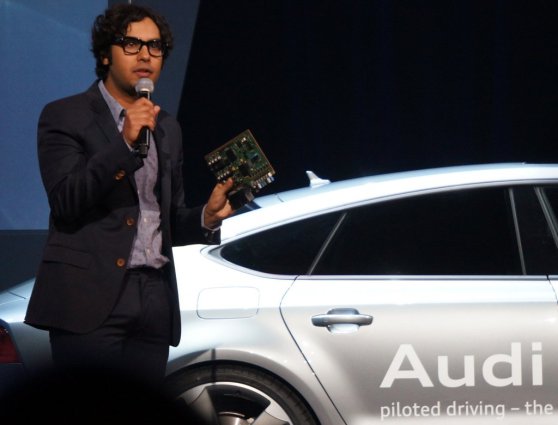
But after sitting through Audi’s keynote, which included significant guest appearances by Nvidia’s CEO Jen-Hsun Huang and AT&T CEO Ralph de la Vega, the union of cars and mobile became even clearer. AT&T’s LTE network will power Audi’s upcoming vehicles while Nvidia’s Tegra K1 chip will handle the processing chores. Audi CEO Rupert Stadler also promised that the software in its cars will be easily upgradeable — something that was practically impossible to do easily with existing dashboard software.
The challenge for car makers is that they have to test new technologies in trial runs for both user acceptance and safety. That takes a long time, and it stretches the time it takes to get new technology into a car to three years or more. By adding smartphone mirroring, the car makers can bypass that problem. You can get your own smartphone apps running on the car’s screen so long as they pass a basic safety check. And you can use the newest tech from your phone in the car.
The smaller image on the right is telling: Last year, Audi’s self-driving car had a trunk full of gear. This year, the integrated tech is small enough for Big Bang Theory‘s Kunal Nayyar to hold it with one hand. — Devindra Hardawar and Dean Takahashi
Smartwatches are still sort of dumb
I’m as glad as any geek that Pebble gave its smartwatch a gorgeous metal makeover, but ultimately, it still does the same basic things as a normal Pebble: It can serve as a small notification hub, let you control basic media on your phone, and maybe let you play some basic games. And even though it’s more expensive, the new Pebble Steel still sports an archaic black and white display.
But what’s truly sad is that Pebble’s watch is among the best smartwatch offerings out there. Samsung’s Galaxy Gear crashed and burned hard last year, and I didn’t see anything this year at CES that pushed the smartwatch category forward much.
That could be a sign that the smartwatch category as a whole is kind of weak. Perhaps it’s just the netbook-equivalent gadget (which tablets quickly killed) until we get wearable wrist devices that both serve as notification hubs and feature-rich health trackers. That’s something we’re seeing glimmers of with the Fitbit Force, LG’s new Lifeband, and, yes, even the Galaxy Gear. — Devindra Hardawar
The Internet of Things and home automation are still a mess
These are buzzwords we’ve been hearing for the past few years, but they still don’t amount to much. There are definitely a handful of exceptions — like Nest’s smart thermostat and smoke detector — but for the most part at CES, I only saw a hodgepodge of half-baked ideas.
Mother, a gadget that keeps track of motion sensors that you can put on anything, is a prime example. It’s interesting philosophically — its creator says Mother will help you find the meaning behind motion data — but I can’t imagine anyone would shell out over $200 for a creepy-looking doll whose eyes occasionally glow red.
For concepts like the Internet of Things and home automation to take off, we’ll need better standards for all of our devices to communicate with one another. Right now we’re just seeing fancy walled gardens. — Devindra Hardawar
The robots are taking over
One of these days, there may be more robots at CES than humans. IRobot showed off Ava, a telepresence bot that lets someone take a visual tour of a place. It rolls around and points its camera so you can see where you are going. It also shows a video display of you so that the people you can meet can react to you, or Ava. Beam had the same idea.
Most of the drones were controlled by humans via remote control. But the AEE F50 could take off and fly itself with a single touch by a human.
On the humanoid front, IEEE Robothespian was a cross between the old Asimo robot and C3PO from Star Wars, with lots of visible wiring in the limbs. Murata had a prototype robot that could ride a unicycle and detect obstacles.
But robot technology is showing up in less obvious places, too. Anki also put robotic/A.I. smarts into its Anki Drive cars, which can race around a track and engage in smart vehicle combat as if they were humans.
I think I’d like to release my own fleet of drone robots at the show to fly overhead until they find something cool. Then they can alert me and tell me what the coolest product is. That way, I can save my feet and my brain, too. — Dean Takahashi
3D printing lets you print anything from chocolate to toys
3D printing was hot going into CES, and it was hotter coming out.
Brian Krzanich, the CEO of Intel, talked about 3D printing in his keynote speech. He showed how you could capture the shape of an object, like an Intel Bunnysuit toy figure (pictured), and send it to a 3D printer. The 3D printer could print out the figurine in chocolate, and Intel handed out the figures to keynote attendees.
American Pearl also showed off the ability to create custom rings and print them via 3D printing. It generates gold or silver rings in real time using a proprietary manufacturing process.
Sculpteo, meanwhile, said it was making 3D printing more economical. With Sculpteo, you design an object in 3D and send it in for printing. It now lets you order in batches that give you a larger and larger discount the more you order. — Dean Takahashi
VentureBeat's mission is to be a digital town square for technical decision-makers to gain knowledge about transformative enterprise technology and transact. Learn More
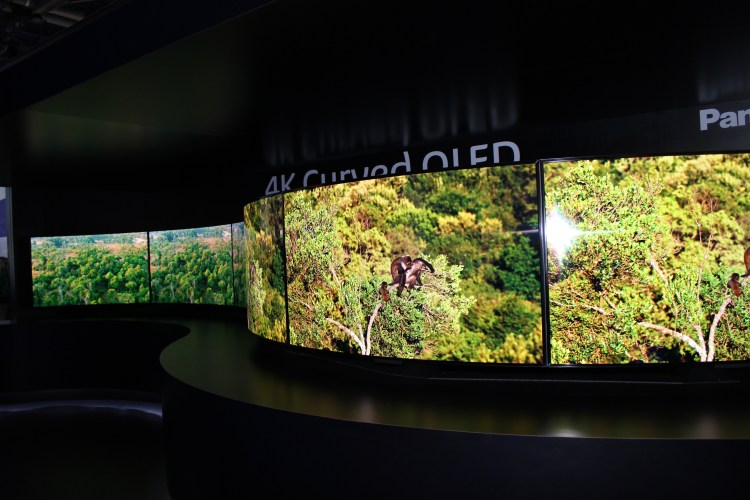
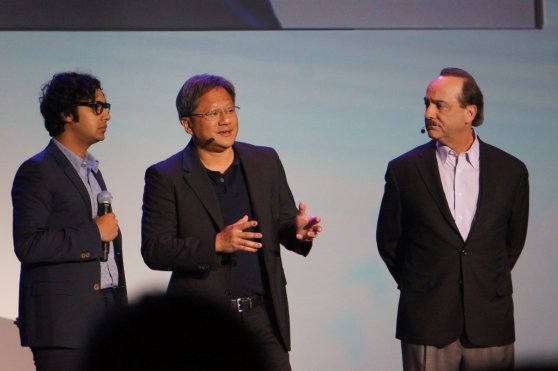
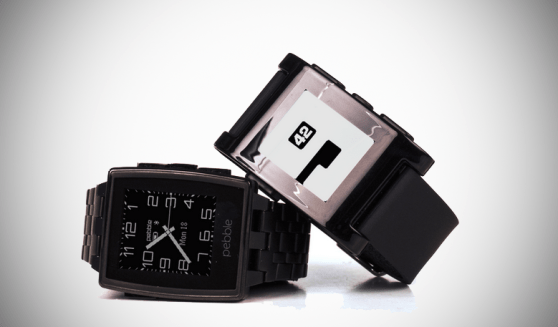
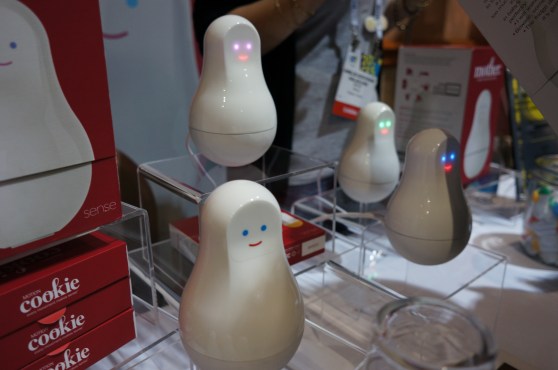
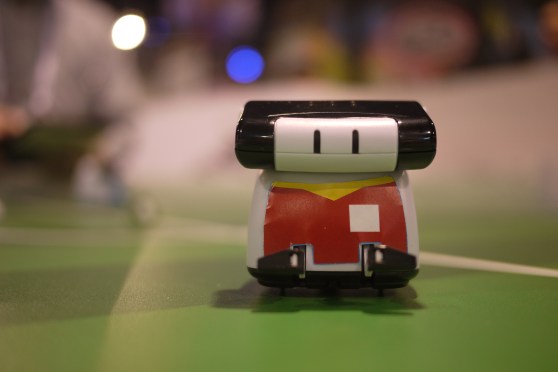
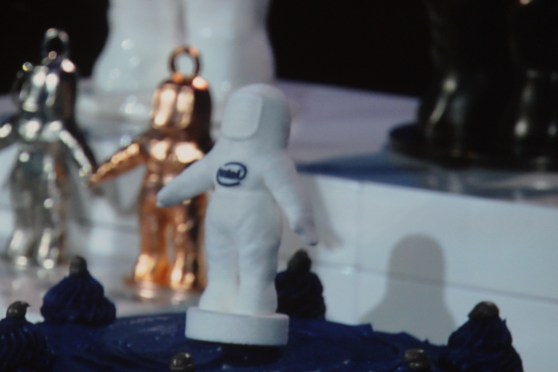



![Reblog this post [with Zemanta]](http://img.zemanta.com/reblog_e.png?x-id=e2734b32-8f8c-42ad-8874-1f0be9ace827)
